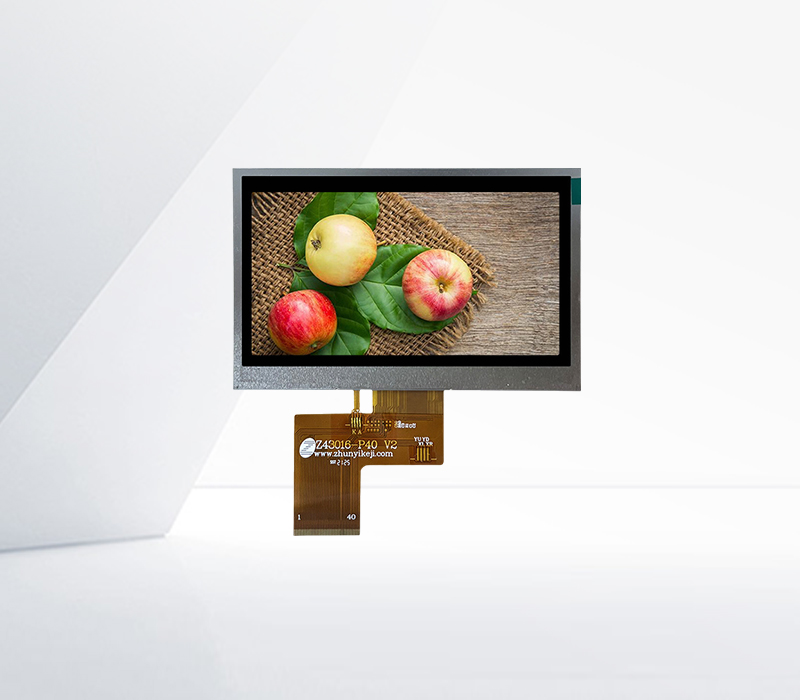




Smart wearables, such as smartwatches and fitness trackers, have gained widespread popularity, and LCD screens are a key component that contributes to their functionality and user experience.
1. Display Functionality
LCD screens in smart wearables are designed to be compact yet highly functional. They display a variety of information, including time, fitness data, notifications, and app interfaces. The screens are often touch - sensitive, allowing users to interact with the device easily. For example, on a smartwatch, the LCD screen can display real - time heart rate, step count, and calorie burn during a workout. Users can swipe, tap, or pinch on the screen to access different features, such as changing the workout mode, viewing detailed activity reports, or responding to incoming calls and messages. The color displays of LCD screens in smart wearables also enhance the visual appeal, making it easier for users to distinguish between different types of information. Some smartwatches use high - resolution LCD screens to display detailed maps and navigation instructions, which are useful for outdoor activities such as hiking and running.
2. Power Efficiency and Battery Life
Power efficiency is a critical factor for smart wearables, and LCD screens are designed with this in mind. Advanced LCD technologies, such as low - power LCDs and reflective LCDs, are used to reduce power consumption. Low - power LCDs consume less energy during operation, extending the battery life of the device. Reflective LCDs, on the other hand, use ambient light to illuminate the screen, eliminating the need for a backlight in bright environments, which significantly reduces power consumption. This is especially beneficial for fitness trackers and smartwatches that are used outdoors for long periods. Additionally, some smart wearables use intelligent display management algorithms that adjust the screen brightness and refresh rate based on the ambient light conditions and user activity, further optimizing power usage.
3. Durability and Design
Smart wearables are exposed to various environmental factors, such as moisture, sweat, and impacts. LCD screens in these devices are built to be durable. They are often protected by scratch - resistant and shatter - proof glass or plastic covers. The screens are also designed to be water - resistant or waterproof, allowing users to wear their smartwatches or fitness trackers while swimming or in the rain. In terms of design, LCD screens in smart wearables are integrated into sleek and compact form factors. The screens are curved or circular to fit the shape of the device, providing a seamless and stylish appearance. Some smart wearables even use flexible LCD screens, which can be bent or wrapped around the wrist, offering a more comfortable and ergonomic fit.
